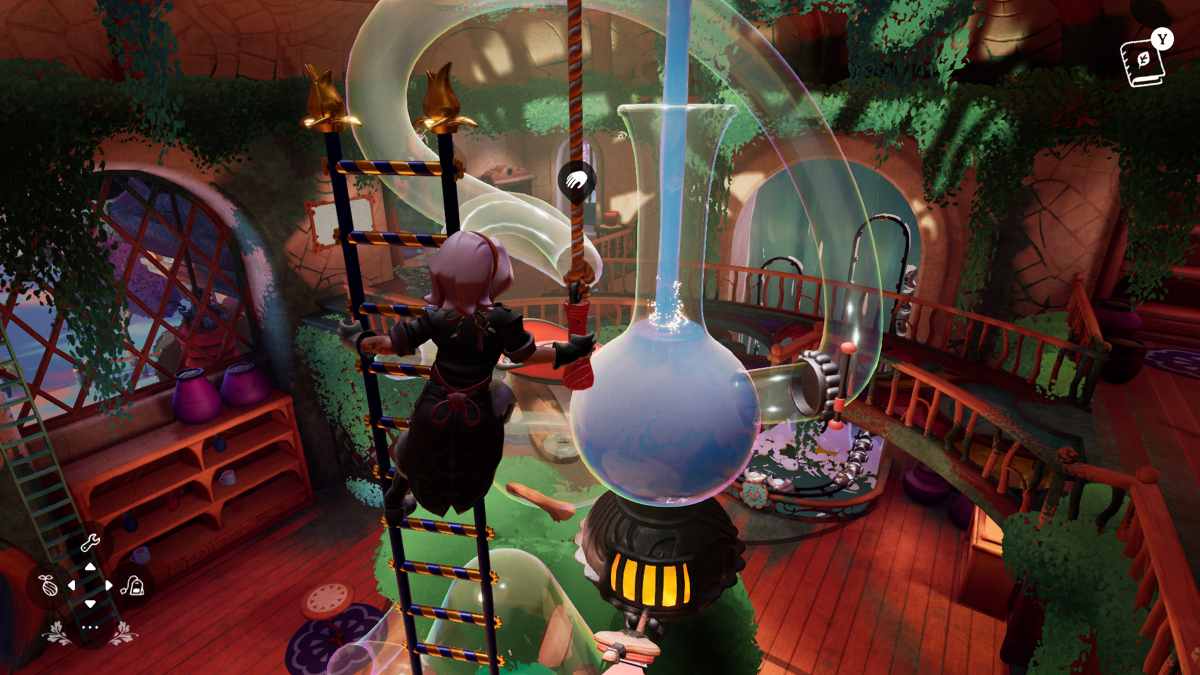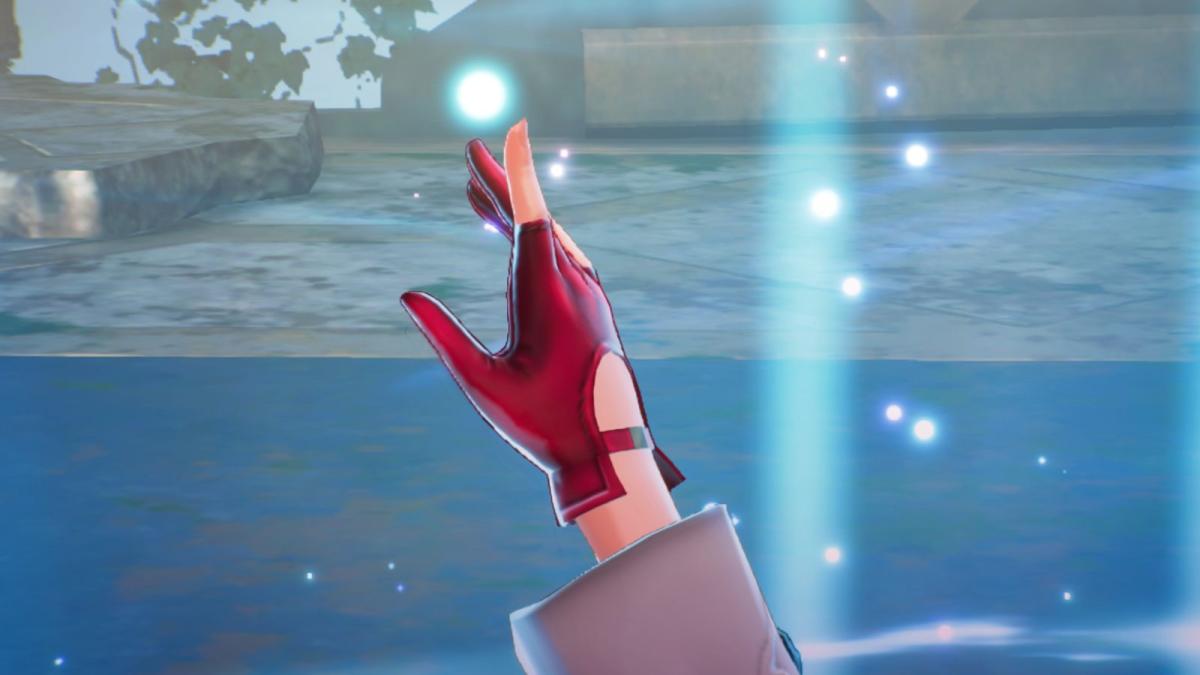It’s 2005 and the biggest video game competition in America is about to have the biggest moment in its history. Angel Munoz, who founded the Cyberathlete Professional League (CPL) in 1997, is smiling, walking through a crowd of about a thousand people packed into the Nokia Theatre at Times Square in New York City and glad-handing.
The CPL World Tour is about to come to conclusion, with a $150,000 top prize up for grabs. The first competitive gaming star in America, Johnathan “Fatal1ty” Wendel, will play in the final. On stage, Munoz speaks into a microphone with an MTV flag sticking out of it.
“This is the culmination of many dreams that we had of professional gaming,” he says.
That was true on multiple levels. It was the largest prize purse in esports—or competitive gaming—history, with more than $500,000 on the line. It was also taking esports somewhere new in America: the living room.
The event was streamed in full online, but it also aired as a 30-minute special, titled From Game to Fame, on MTV. Airing the evening of Saturday, Nov. 26, 2005, four days after Wendel won the biggest title of his impressive decadelong career, it was the first time live esports footage hit American television outside a news segment.
“This is one of the happiest days of my life,” Angel Munoz told MTV. He believed television would be the medium that ended the stigma surrounding pro gaming, the vehicle to growing and sustaining an audience that could make esports a suitable real career.
Munoz, of course, knew that a 30-minute time slot during MTV’s cringeworthy GameORZ Week wouldn’t change things overnight. But it was a foot in the door, a chance to show that esports content could work on television. That, he believed, was all he needed. It had already happened in South Korea, after all. StarCraft matches first aired on television there in 1999, and by 2005, there were two cable channels entirely dedicated to broadcasting esports leagues and content built around the competitions.
The dream never materialized. Munoz quit the league two years later as it was beset with controversy over unpaid prizes. He never had a bigger moment than the one that night in Times Square. In the following years, many tried to succeed where Munoz failed in bringing competitive video games to the small screen in a variety of formats.
None survived.
Fast-forward to 2016. Esports is one of the most talked-about industries in media and investment circles. Pro gaming will be a $465 million industry by 2017 and could top $1 billion by 2019, according to market research firm Newzoo, which compares its potential audience to that of ice hockey or even American football. Television executives have noticed. Major networks, including ESPN and Turner, are taking tentative steps into the esports world. Esports is too big for a one-off show, and major players are treating it that way. But can they avoid the mistakes of the past?
A history of failure
In the mid-2000s, television wasn’t just a dream for people like Munoz. It seemed like a necessity. Audiences were growing for events like the Olympic-styled World Cyber Games and Electronic Sports World Cup, which featured a wide variety of esports titles and teams from hundreds of countries worldwide. In the United States, the popularity of Major League Gaming surged during the heyday of Halo 2. But the CPL, the gold standard of esports competition since this century began, was dying, unable to build a viable business model. There was a growing audience for esports, but no one knew how to make money doing it. Online video seemed like a potential solution, considering the close ties video games had with the Internet, but it was expensive and untested, and advertisers didn’t understand the medium. Television looked like the only way to leverage the fanbase.
During his keynote speech at Twitch’s first convention last year, veteran esports broadcaster Marcus “djWHEAT” Graham recalled the first efforts to broadcast esports live online. During the early 2000s, fans tuned in to matches through in-game spectator tools or less sophisticated media, like streaming audio broadcasts (called shoutcasts) or even text bots that simply output results in real time. Streaming video in a world where broadband was a luxury and bandwidth a premium was prohibitive. Graham remembers QuakeCon 2006, where his broadcast company streamed the event to a five-digit audience.
He received a bill for the bandwidth two weeks later: $18,000. “I cried that day,” Graham said. “Holy shit, I cried that day.”
It wasn’t just the gaping hole in his pocketbook. Whenever he tried to sell streaming in business meetings, he was told that it wasn’t “economically viable,” he said. They’d tell him, “You can’t build a business off of this.”
That didn’t stop people from trying—even before streaming platforms like Twitch began to solve the bandwidth issue—but television was still far more appealing. Despite the expense of creating a solid television production, cases like Graham’s showed why television looked like the most economically viable solution to watch games live and the key to building an audience surrounding a competition.
So the World Series of Video Games (WSVG) stepped into the void left by the CPL—signing on a huge title sponsor in Intel—and doubled down on television content. After airing another MTV special in 2006, the company signed deals to release hours of television content surrounding its 2006 grand finals on a pair of small cable channels that included CSTV, which later became the CBS Sports Network. But midway through 2007, the WSVG closed its doors, citing the massive costs of producing large events and television content.
Major League Gaming followed a similar path, producing seven hourlong episodes for the USA Network, at the time the largest cable network, on Saturday mornings. It produced a second season in 2007 for the gamer-centric channel G4, but soon realized it could grow a following more quickly and more cheaply using streaming video. It left TV behind.
Those events were all just prologues to the biggest TV failure in esports history. In 2007, the Championship Gaming Series (CGS), backed by satellite broadcast provider DirecTV, launched the biggest league in esports history at the time. It bought up much of the existing esports infrastructure in America, hired much of its top talent, and created a sports-style league. It was the centerpiece of what DirecTV hoped would be the next big sports media property. The product, however, ultimately pandered to a mainstream audience while alienating core esports fans, leading to an epic collapse in 2008. Everything was bet on the CGS. And when it failed, the American esports infrastructure was gutted. It took half a decade to recover.
No one had the patience—or capital—to build an audience long-term through television. With video streaming becoming more cost effective in 2007 and beyond, esports stayed online and away from the living room.
But that indelible centerpiece of Americana still remains a dream for many in the industry. Fans still suffer from an inferiority complex, a feeling that esports won’t feel real until it is somehow legitimized by an appearance on television. The medium still represents an opportunity to showcase a growing industry to a wider audience, and esports is better equipped to sell itself now that in-house production levels have dramatically increased.

Why TV now?
Esports has reached an inflection point. It’s growing fast, and at the same time, the desperation of stiff television executives has finally reached a fever pitch.
For television, the math is simple. Networks are losing viewers to the Internet, especially among younger demographics. The esports demographic skews young and male, with only 28 percent over the age of 35, a key to advertisers looking to build lasting brand identity. Investing in esports may be a way to stave off television’s slow death, attracting viewers who may have previously dismissed the medium. ESPN lost 7 million subscribers from 2013 to 2015, as more people cut their cable cords in favor of streaming solutions like Netflix or Twitch, and many of them were younger viewers.
Television may not represent the same thing for current esports that it did for forebears like Munoz. But ever since people first started winning cash playing video games, they’ve talked about bringing esports to the “mainstream,” and that hasn’t changed as esports grows into a bigger industry. Succeeding on television could do just that, and now may be the right time to strike. Production values are closer than ever to what’s expected of a professional sports broadcast. Video games are also more socially acceptable. The kids who grew up playing games, who can understand the skill behind competition, now have paychecks and children of their own.
Esports, meanwhile, has an audience problem. Most people spectating also play the game they watch. There aren’t many die-hard fans who initially become interested as spectators. That’s quite different from sports like American football, which boasts a massive audience of people who have never even thrown a pass.
The most popular esport is League of Legends, and that’s in large part because it’s the most popular game, with over 67 million active players each month. League developer Riot Games has built a sportslike league structure around its title to drive spectator engagement, and it’s certainly helped. According to market research firm Newzoo, 40 percent of esports spectators don’t actually play the games they watch—but that’s only a start to building a self-sustaining media property. Riot Games still runs its esports league at a loss.
Perhaps television, with its potential to reach a different audience, may change that. In May, Turner will launch its ELEAGUE: two 10-week Counter-Strike: Global Offensive seasons with live Friday night matches broadcast on TBS. As Shaquille O’Neal told the crowd at the Game Awards in December, the league will feature production values reflective of other major traditional American sports leagues, and this time around, there’s reason to believe that Turner execs are getting things right.
It’s partnering with global talent agency WME-IMG, which has deep roots in esports and the experience and cachet to pull off a league. Turner recognizes that ELEAGUE must produce a product that attracts the core esports audience to succeed. It’s bringing in experienced hosts and doesn’t plan to fundamentally change the viewing experience for hardcore fans. Perhaps most importantly, many of the games will also be streamed online.
Turning the tables
The line between traditional television and Internet broadcasting becomes more and more blurred with every passing year. And the fact is that television may need esports more than the other way around today.
Services like Netflix and Hulu have moved television to the Internet, where esports thrives. The race to compete with those services has moved more network and cable television away from the living room. Networks are now racing to produce the best content to keep viewers attached to their own proprietary platforms. Sports are endlessly renewable, creating a new and unique story every season.
 Plus, sports have another big advantage over original television programming: It only has value when watched live, where advertisers can nearly guarantee viewers won’t escape by hitting fast-forward on their TiVos or pirating the content online. That’s made sports incredibly valuable on television. ESPN pays somewhere between $3 and $5 billion for media rights to major sports leagues every year. This spending has also made it the largest network on cable.
Plus, sports have another big advantage over original television programming: It only has value when watched live, where advertisers can nearly guarantee viewers won’t escape by hitting fast-forward on their TiVos or pirating the content online. That’s made sports incredibly valuable on television. ESPN pays somewhere between $3 and $5 billion for media rights to major sports leagues every year. This spending has also made it the largest network on cable.
But while sports are a renewable resource, they’re very tight ecosystems. Esports is an exciting prospect precisely because it offers a network the chance to get into a new sports franchise at the ground floor, with an entirely new audience, and as an emerging industry, it’s relatively cheap to begin.
If Turner leverages ELEAGUE to become the primary broadcaster for Counter-Strike and other potential esports titles, the return could be immense: It could control the next big media property.












Published: Mar 6, 2016 08:00 am